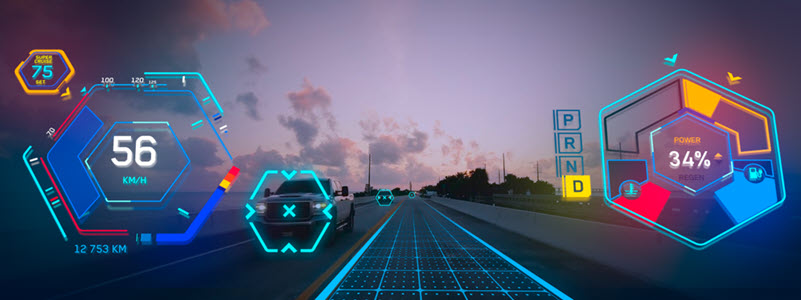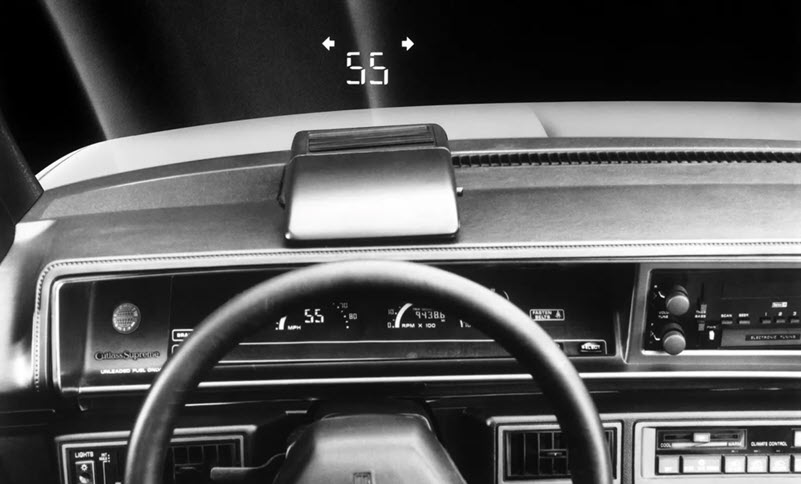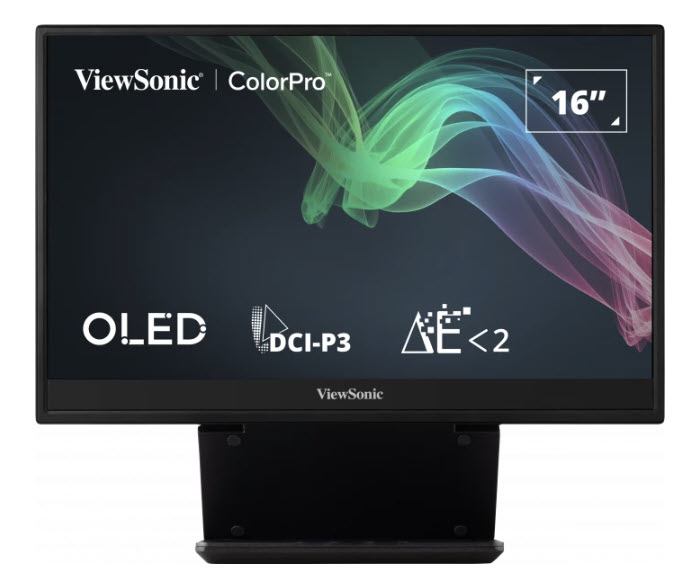News is a bit quiet today as our US friends recover from their Thanksgiving dinners and enjoy their retail experiences today. So we’ve got a couple of unrelated articles today – one about HUDs for vehicles and another from an event I attended yesterday run by ViewSonic and focused (see what I did there?) on photography and colour-controlled monitors.
Basemark solves the automotive HUD contrast issue
A clever UI design that is GPU and OS agnostic
By Jon Peddie
Augmented reality is going to change our lives in so many beneficial ways, it’s almost impossible to list them all. Today, if you ask someone about AR, they will likely mention Pokemon or furniture placement in their home. And you probably have heard about Apple’s forthcoming AR glasses due in 2025. AR is still being confused with VR and Meta isn’t helping matters with its attempt to own the metaverse. Meanwhile, and much more practically, fighter jets, cruise ships, and motorcycle helmets are using and benefiting from AR.
Automobiles have had HUDs since 1988, introduced in the 1988 Oldsmobile Cutlass Supreme Indianapolis 500 Pace Car Parade Convertibles. Traditionally, HUDs used a vacuum fluorescent display tube (VFD) and reflective optics to make the windshield a display to create a virtual image of a digital speedometer and selected gauges. However, balancing the contrast against varying ambient lightscapes has been problematic and has limited acceptance.
Basemark has solved the problem with its Rocksolid Graphics Software by using the instrument cluster display and the car’s front facing cameras with a custom overlay. As you can see in the picture, the semi-opaque background on the sides ensures the content is always visible. Notice how the navigation guidance graphics doesn’t draw over the car that’s in front but it neatly renders around it. The software even generates a shadow underneath the car to add a touch of realism. Rocksolid Graphics runs on any Vulkan-compatible GPU.
The company’s computer vision algorithms automatically detect lanes, cars, pedestrians and then its graphics system dynamically creates the AR graphics to highlight which lane the driver should be on, warns about other cars, etc.
So, imagine your instrument cluster screen actually showing video from the front camera of the car and Basemark’s software rendering the speed gauges, etc., but also ADAS visualizations of detected lane and other cars. The company reports car manufacturers are liking this approach because they don’t need to add an expensive HUD display. Of course, the company can render to an HUD as well, but right now, these AR videos are popular.
What do we think?
We’ll be seeing these HUDs in cars in 2025, I want one now. (JP)
ViewSonic Looking to Services and Community Building
Yesterday, I attended an event run by ViewSonic in London to celebrate the winners of its third ColorPro photograhy award. There weren’t any new products launched, but the occasion was intended to help ViewSonic in its longer term aim of trying to develop its business beyond just ‘commodity sales’ to building more of a brand image and communities, such as photographers, that it can develop as communities. It was also good to catch up with European VP of Sales and Marketing, Thomas Müller (you’d have thought they might have spelled his name right!). My database shows that we first met in September 1999 when he was at Maxdata (anyone remember them?) and he has made his way to ViewSonic via AOC and BenQ.
The third competition saw over 11,000 entries from just 3,000 in the first year and they came from around the world. There were some very impressive images at the event with the top images being shown on ViewSonic displays. This year, as well as the photography section, there was a new digital art section this year.
 The Photography 2nd Place – Unfazed by Callie Chee Yuen Mun Australia – I preferred it to the 1st place winner, but ironically it’s a monochrome image!
The Photography 2nd Place – Unfazed by Callie Chee Yuen Mun Australia – I preferred it to the 1st place winner, but ironically it’s a monochrome image!
The emphasis was on the VP68 series of monitors (including the VP2786-4K which is Fogra-certified and includes hardware calibration) and VP2776 monitor as well as the showing the still to arrive, but previously shown, VP16-OLED portable display. The VP-16 OLED is certified to VESA’s DisplayHDR400 and has 100 % DCI-P3 Pantone Validated colour coverage with Delta E < 2 as the colour quality guarantee. It’s a great option for creatives that need to edit and proof in the field and are not confident about their notebook or other device display.
In responding to a question I asked about specifications, Müller was clear that ViewSonic is interested in the segment of the colour accuracy market that has been developed by BenQ in particular. (as he was with BenQ for a decade, that’s not a big surprise!). Some years ago, the colour accurate monitor market was a very small niche dominated by Eizo, NEC with HP also significant in the US. NEC dropped out and the market was increasingly dominated by Eizo, but BenQ came in at lower prices than the high end Japanese brand.
Surprisingly, Eizo told me at the time that they didn’t see any drop in business – the BenQ products came in at a price that actually allowed the overall market to grow rather than cutting into the high end professional market that it addressed. ViewSonic is aiming for the same level, with the hardware calibrated selling for £900 in the UK at the moment ($910 before tax) which is good value and certainly affordable to those spending three or four times as much (or more) on high end cameras and lenses. (I’ve paid that much for a lens for my Sony camera – editor).
The portable OLED looks very good and ViewSonic highlighted that they would like to produce more OLED-based products for the higher end of their line, but they still need to be affordable for the mainstream and not just for niches. I suspect, then, that we’ll see more in 2024 when more OLED capacity is put into IT products. (BR)





